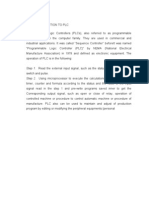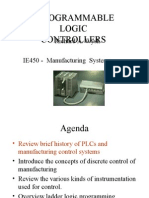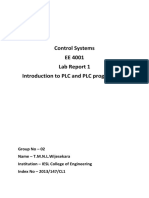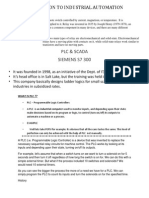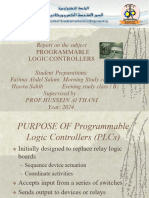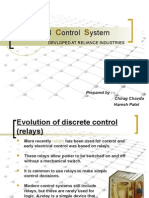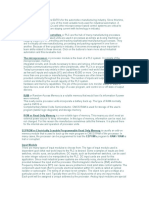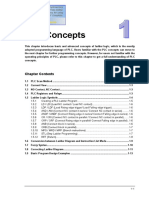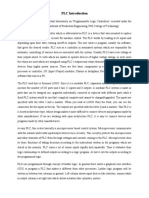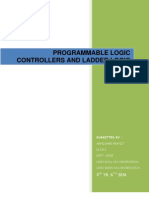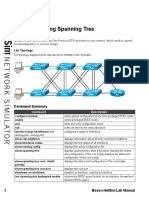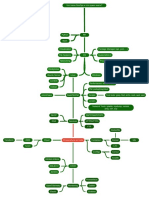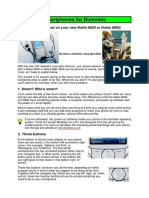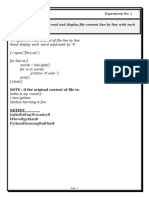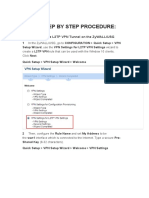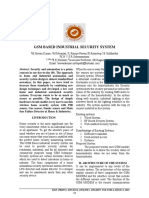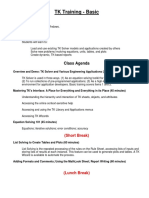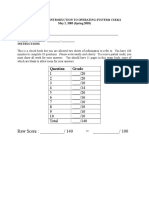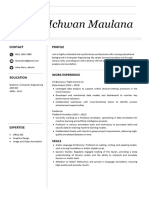0% found this document useful (0 votes)
10 views33 pagesPLC Programming
how to do plc programming
Uploaded by
empireworldshubhaCopyright
© © All Rights Reserved
We take content rights seriously. If you suspect this is your content, claim it here.
Available Formats
Download as PPTX, PDF, TXT or read online on Scribd
0% found this document useful (0 votes)
10 views33 pagesPLC Programming
how to do plc programming
Uploaded by
empireworldshubhaCopyright
© © All Rights Reserved
We take content rights seriously. If you suspect this is your content, claim it here.
Available Formats
Download as PPTX, PDF, TXT or read online on Scribd
/ 33




